Project reports
All the work in SEABAT is organized in work packages, each work package has several tasks to work on. The results of these tasks are documented in reports, so called deliverables.
Here you can find the full public reports, when reports are confidential, a public summary will be posted to keep you updated.
Market needs and regulations (WP1)
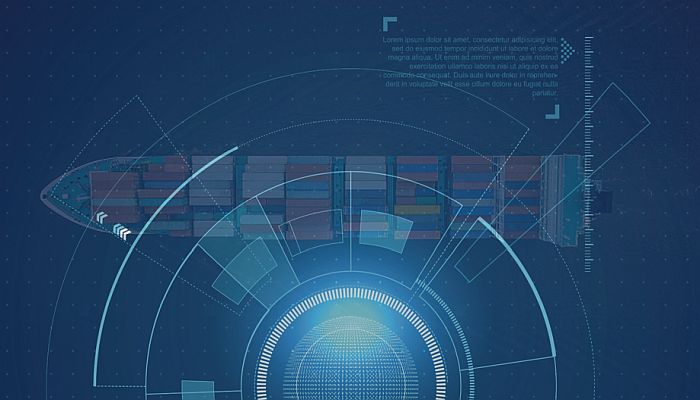
This work package focuses on the one hand on the real market projections and economic aspects linked to battery systems in ships and on the other hand on the analysis of the regulations for the reduction of emissions and on the effect it has on the market of energy storage systems on board of vessels. This will result in a roadmap for battery production and cost targets, taking into account circular economy in Europe. The following reports are available. When confidential information is included a public summary will be at your disposal.
Available reports:
- Battery options to reach emission targets (public summary) (D1.1)
- Market evolution and potential within 5, 10, 15 years for different marine applications (D1.2)
- Roadmap for battery production and cost targets (D1.3)
- Battery circular economy in Europe (D1.4)
Specifications and requirements (WP2)
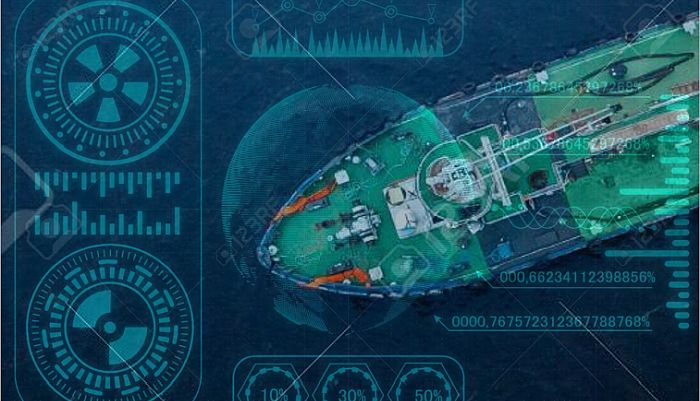
This work package will draw the overall scope of the project by identifying and defining the different maritime applications that are currently being electrified and/or will be in the near future.
The battery system requirements for the different applications will be defined based on operational performance, safety requirements, regulations, and integration by standardisation. The requirements from WP2 will be used to determine the KPIs for the concept selection and will be used for the validation of the results. To read more on the results of this work package click here.
Available reports:
- Application matrix (D2.1) (Public)
- Key Performance Indicators list (D2.2) (Public)
- Detailed requirements document (2.3) (Public)
Modular and flexible battery system design (WP3)

This work package will:
(1) analyse and evaluate in depth the three identified potential hybrid system concepts and
(2) develop the selected concept into a modular and scalable hybrid battery system architecture for waterborne transport allowing storage capacities of over 1 MWh and
(3) design such battery system at 300kWh with a reduced cost compared to current state of the art. The preliminary design of all the battery system components will be addressed within WP3, which later will be designed and developed in WP4 in order to be assembled as a battery system in WP5 and finally validated in WP6. Explicit attention is given to verify that the proclaimed cost reductions are achieved. The cost reduction of the battery system is verified continuously during the evaluation work in the first 2 years of the project and updated with final lessons-learned from other work packages at the end of the project.
Available reports:
- Evaluation and selection of architectural concepts (public summary) (D3.1)
- Integrated safe, modular & flexible battery system architecture (public summary) (3.2)
- Preliminary 300kWh battery system design (public summary) (D3.3)
- Final architecture and associated cost reduction of the system (Public summary) (D3.4)
Component development (WP4)
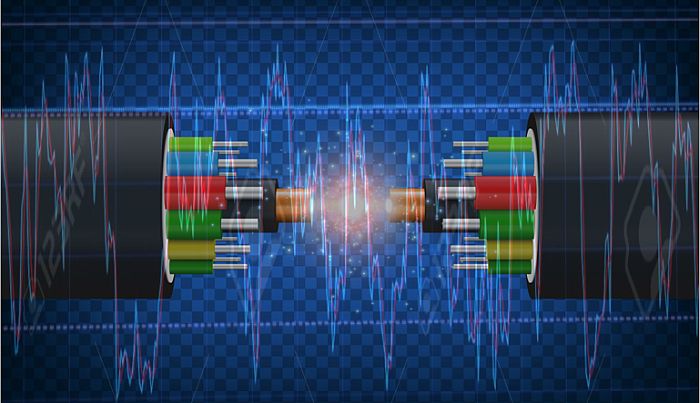
This work package will focus on the design and develop the components for a modular and flexible hybrid battery system towards low cost. Requirements and specifications (WP2 and WP3) are input for the design and development of a) electrical, b) mechanical and c) thermal aspects of a hybrid battery system.
The design and development of a DC/DC converter with its integrated control unit will be carried out. Safety issues related with electronic devices and electrical and mechanical components will be evaluated and implemented within each component. Class rules and standards will be analysed. The components developed in WP4 will be used for the module and battery assembly in WP5, as well as for the integration and validation in WP6.
Available reports:
- Design, development and implementation of advanced strategies for battery temperature regulation (Public summary) (D4.1)
- BMS design, development approach and validation (Public summary) (4.2)
- System interface between energy storage and power storage and its control (Public summary) (4.3)
- EMC analysis of the system and definition of the safety requirements (Public summary) (D4.4)
- Design and development of the casing (Public summary) (D4.5)
Battery module and pack assembly & manufacturing and integration (WP5)
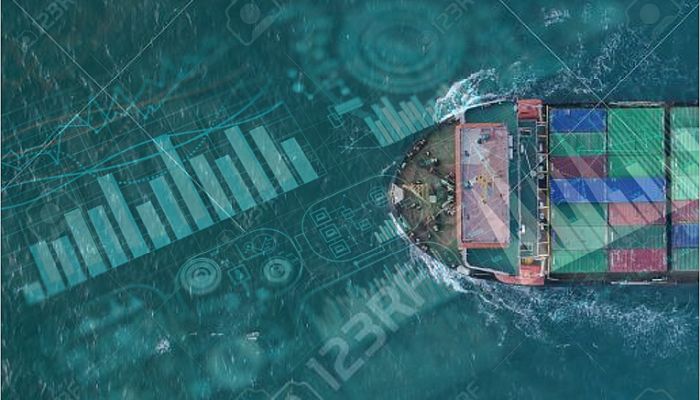
This work package aims to integrate the full hybrid battery energy storage system.
The battery assembly process will consider the modular and scalable requirement of the battery power pack when integrating the battery components. Data from work package 2 will be used to optimise the right battery configuration and size in order to achieve the desired output for both, High Energy ánd High Power systems.
Specific system architecture and integration tools will be used to correctly understand, identify and risk mitigate the relevant interfaces between the battery cells, battery housing, converter, communication, energy interfaces, physical interfaces and fluid related interfaces. When the design of the manufacturing assembly process is tackled, focusing on putting such a large battery pack together in an efficient and cost-effective manner, the final step will be the verification tests.
Available reports:
- Boundary Diagram, Interface Analysis and requirements (Public summary) (D5.1)
- Process Flow Diagram and list of process steps (Public summary) (D5.2)
- PFMEA and Control Plan (Public summary) (D5.3)
- Complete assembled hybrid battery system (Public summary) (D5.4)
Virtual integration, validation and certification (WP6)

This work package will validate the developed battery system concept. This includes proving reliability and effectiveness of the chosen concept, to validate that the developed battery system topology works as intended in a realistic environment and to verify fault-tolerance and fault ride-through capabilities of the developed system topology and control system, considering both electric and electromechanical faults.
Also, a Power-Hardware-In-the-Loop framework for virtual integration and testing will be developed.
A roadmap for final type approval / certification of the developed system will be a specific outcome of this work package.
Available reports:
- Report of the Integration and validation test program (Public summary) (D6.1)
- The P-HIL test setup description – (Public summary) (D6.2)
- Report of the Full battery system test program (D6.3)
- Virtual integration and validation test results described in a report (D6.4)
- Report of the Full battery system test results (D6.5)
- A Roadmap for type approval / certification report (D6.6)
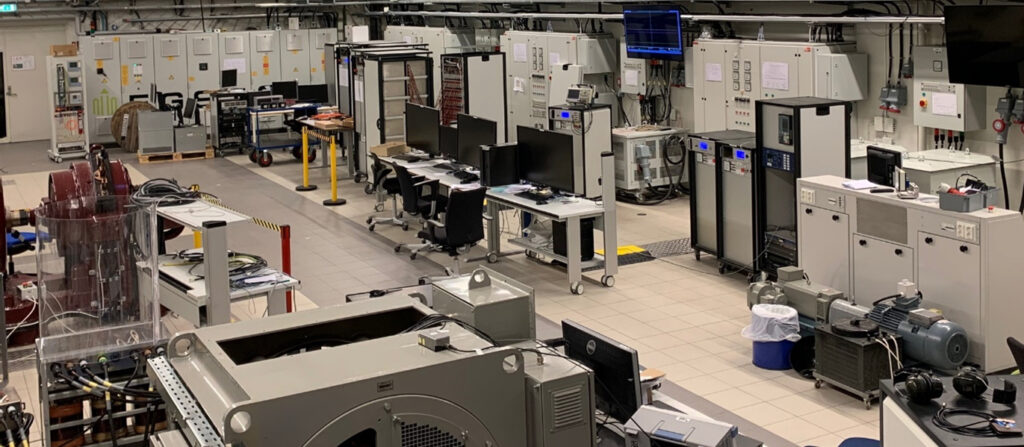
Publications
The results from research in SEABAT will be presented and published. All articles, related to SEABAT, can be found here.